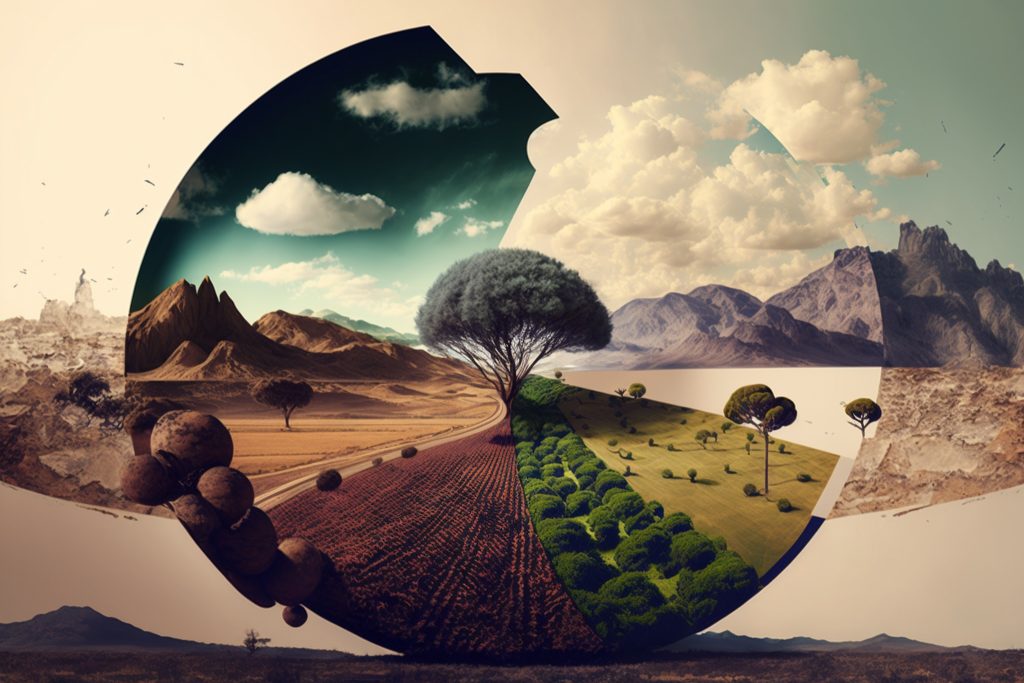The intersection of art and technology has always been a fertile ground for innovation. With the advent of artificial intelligence, this union has reached new heights, ushering in an era where machines can create art that rivals human creativity. AI-generated art is not merely a novelty; it represents a profound shift in the way we conceive and engage with artistic expression. From generating unique portraits to composing intricate pieces of music, AI is redefining the boundaries of creativity and challenging our perceptions of what art can be.
The Rise of AI in Art Creation
Artificial intelligence has advanced to the point where it can mimic and even enhance human artistic skills. These technologies analyze vast datasets of artistic works, learning styles, and techniques to create something entirely new. For instance, AI can study the works of Van Gogh and generate a new painting that captures his iconic style but presents a fresh perspective. This blending of historical techniques with modern technology offers a unique fusion that can captivate audiences in ways traditional art alone cannot.
Moreover, AI is democratizing the art world. Platforms like https://makepix.ai/ allow anyone to generate professional-grade images with just a few clicks. This accessibility means that even those without formal training in art can create stunning visual pieces. By lowering the barriers to entry, AI is fostering a more inclusive art community where creativity knows no bounds.
The Impact on the Art Market
The integration of AI into the art market is having profound implications on how art is bought, sold, and valued. AI-generated art has begun to gain recognition in prestigious art circles, with pieces fetching significant sums at auction. In 2018, an AI-generated portrait sold for over $432,000 at Christie’s, signaling a new era for digital art. This event marked a pivotal moment, demonstrating that AI art is not just a technological gimmick but a legitimate form of artistic expression with substantial market value. Collectors and art enthusiasts are starting to appreciate the unique qualities of AI-generated pieces, seeing them as valuable additions to their collections.

Furthermore, AI is enhancing the art buying experience. Online platforms are using AI to recommend artworks to potential buyers based on their preferences and past purchases. This personalized approach not only makes the process of finding art more enjoyable but also helps artists reach a broader audience. AI algorithms analyze trends and user behavior, providing insights that can guide artists in creating works that resonate with contemporary tastes.
Conclusion
AI is undoubtedly transforming the art landscape, pushing the boundaries of what is possible and challenging our perceptions of creativity. By democratizing access to artistic tools, enhancing the art market, and prompting philosophical debates, AI is reshaping the way we create, appreciate, and engage with art. As we continue to explore the potential of this technology, it is crucial to address the ethical and philosophical questions it raises, ensuring that the integration of AI into the art world enriches our collective creative experience.

